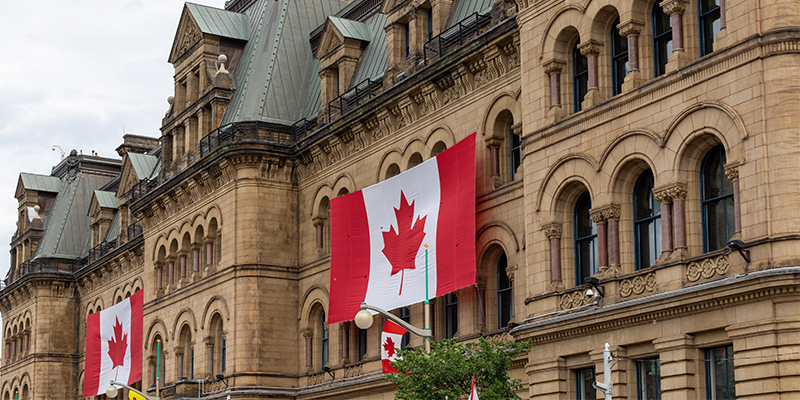Although the long-term impacts of the pandemic on the office environment are yet to be determined, many knowledge workers could eventually go back to the office. When workers return to urban office towers, they may anticipate an exceptional experience that delivers more than their home office could offer: a workplace destination that has community attractions they’ve craved over several months of remote work.
While in the short term, building owners are addressing immediate safety issues and protocols, the longer-term reality is looming. As a private, dedicated workspace has become a luxury rather than a given, the need to deliver more than places to perform tasks has become an imperative. The workplace must now deliver a first impression that will serve as an impetus for community building and shared purpose, productive individual spaces, and “third places” (neither home nor office) that support innovation and collaboration.
All of that might seem like a tall order, even for high-rise office buildings. Here are a few ways office building owners in downtown Chicago are reinventing their properties as urban workplace destinations.
Contribute to the Neighborhood
The urban environment is dense and rich; a socially activated building will provide offerings that fill in gaps in existing nearby amenities, bringing together the fabric of the neighborhood. Identifying the right spaces in the building for community amenities is a huge success factor when transforming an underperforming building – and also a significant factor for building owners looking to optimize the renovation budget.
Considering the indoors amenities, if a building is located on a block with multiple coffee shops, a lobby café might not be necessary. But if all the nearby restaurants are higher-end, sit-down spots, a grab-and-go kiosk with prepackaged meals and snacks – along with lobby seating – could provide workers with a quick bite and a place to enjoy it with others.
Especially during the pandemic, if an office building has an ample courtyard or outdoor space, building owners could provide several seating areas for tenants and city dwellers alike to enjoy socially distant meals or meetings.
Make the First Impression Count
The building exterior, entrances and lobbies have always formed the trifecta of a building’s first impression. However, the goal of first impressions has evolved over time and buildings may or may not have kept up with changing perceptions. In past decades, the goal of an urban office building’s first impression was to impress with scale and finishes; today the goal is to humanize and connect.On building tours, leaders must be able to imagine themselves and their workforce in the space daily.
Activating the lobby is essential and cafés and professional lounge spaces play an important role in that process. At an in-progress project at 200 S. Wacker, Wright Heerema’s designers listened to the needs of the building owner and were able to balance ambitious first-floor plans with their desired budget. The design complements the lobby, which is already very active, with additional seating and updated finishes to encourage even more social activity.
The Third Places That can Form Communities
Landlords are now not just responsible for the “second place” (the office), but also for creating the “third place” that is neither home nor office. Creating an intentional community within the building makes an office building not just someplace to go to work, but to belong.
Like a front porch, shared lounges serve as a transition between public and private spaces. The lounge at 123 N. Wacker, for example, employs lounge furniture suited for comfortable yet functional working positions and sophisticated layering of patterns and texture that invite professionals to relax and unwind together. The building owners also installed a full-time barista, supporting spontaneous collaboration.
Designing shared amenities with an eye to the buildings’ tenants can further curate the building experience. With a mix of wealth managers and other services for high-net-worth individuals at 980 N. Michigan, our designers ensured the lobby, lounge and other shared spaces had luxury finishes responsive to those tenants’ expectations.
Create Value by Optimizing Every Space
To create value for a building, owners should carefully consider where to build out shared amenities such as the lounge, café, fitness center and conference center. Some floors that might not command top rents as office space can be creatively reimagined for a shared amenity to provide additional spots beyond the home office.
Not all Urban Office Buildings are the Same
Urban office buildings may come in many shapes, sizes and locations, but they are facing similar challenges. Because many companies have put a hold on office leasing decisions for the short term, it’s possible that occupancy won’t return to pre-pandemic levels until a viable vaccine is widely available for the public. Building owners should take great care to shape a building environment as a destination for returning workers, both in the near future and for years to come.
Featured photo of 123 N. Wacker courtesy of Wright Heerema Architects.
This is the second piece in a series adapted from Wright Heerema Architects’ free ebook, The Destination Workplace. Read part one: Life Sciences Innovators Need Inspired Workplaces and part three: How Custom Workplace Design can Improve Employee Health and Wellness.








